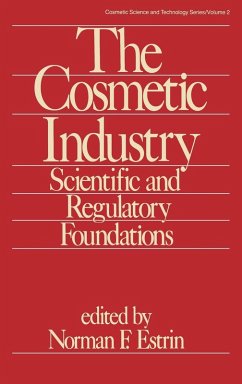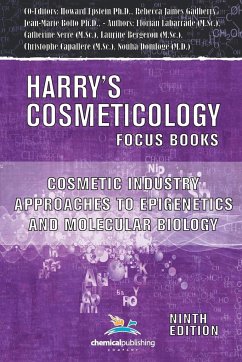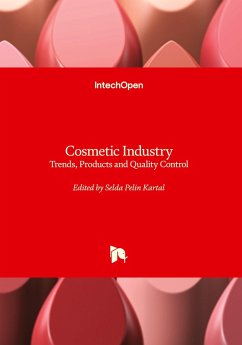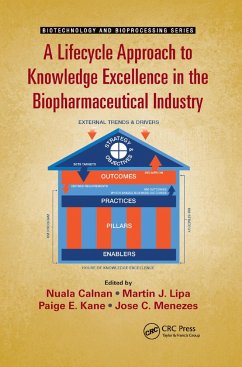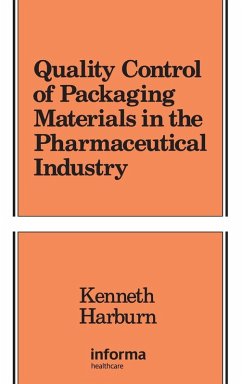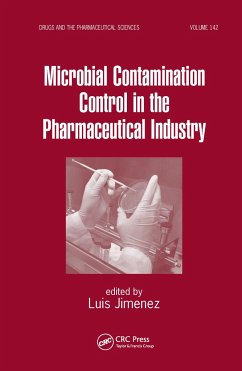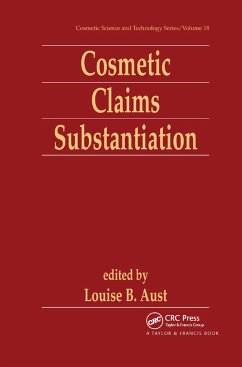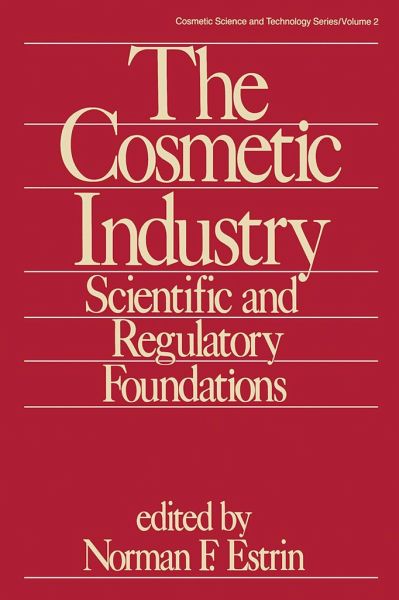
The Cosmetic Industry
Norman F.
Versandkostenfrei!
Versandfertig in 1-2 Wochen
83,99 €
inkl. MwSt.
Weitere Ausgaben:

PAYBACK Punkte
42 °P sammeln!
This book summarizes the authority of regulatory agencies and programs as they pertain to the cosmetic industry, offers practical advice on how to operate within the regulatory environment, and introduces scientific and regulatory issues that are likely to have an impact on cosmetic manufacturers.





